NSC 23766 (hydrochloride)
Synonym(s):N6-[2-(4-Diethylamino-1-methyl-butylamino)-6-methyl-pyrimidin-4-yl]-2-methyl-quinoline-4,6-diamine trihydrochloride;NSC23766;Rac1 Inhibitor - CAS 1177865-17-6 - Calbiochem
- CAS NO.:1177865-17-6
- Empirical Formula: C24H35N7
- Molecular Weight: 421.5816
- MDL number: MFCD08703096
- SAFETY DATA SHEET (SDS)
- Update Date: 2024-11-19 20:33:22

What is NSC 23766 (hydrochloride)?
Description
Rac1 is a GTPase that is involved in the regulation of the cell cycle, cell-
The Uses of NSC 23766 (hydrochloride)
NSC 23766 is a highly soluble and membrane permeable Rac GTPase inhibitor. NSC 23766 inhibits Rac GTPase by targeting Rac activation by guanine nucleotide exchange factor (GEF). NSC 23766 has been shown to inhibit the anchorage-independent growth and invasion phenotypes of human prostate cancer PC-3 cells.
The Uses of NSC 23766 (hydrochloride)
NSC23766 trihydrochloride has been used as a ras-related C3 botulinum toxin substrate 1 (RAC1) inhibitor.
Definition
ChEBI: NSC 23766 trihydrochloride is a hydrochloride resulting from the formal reaction of NSC 23766 with 3 mol eq. of hydrogen chloride. An inhibitor of the signalling G-protein known as RAC1 (Ras-related C3 botulinum toxin substrate 1). It has a role as an EC 3.6.5.2 (small monomeric GTPase) inhibitor, an antiviral agent, an apoptosis inducer and a muscarinic antagonist. It contains a NSC 23766.
Biochem/physiol Actions
NSC23766 is an inhibitor of Rac1, a Rho-family GTPase. The compound blocks activation by the guanine nucleotide exchange factors Trio and Tiam1, but does not affect interactions with RhoA or Cdc42. NSC23766 blocks ADP-mediated platelet aggregation. Inhibition of Rac1 by NSC23766 restores sensitivity to trastuzumab by restoring down-regulation of ErbB2.
storage
Desiccate at RT
References
[1]. gao y, dickerson jb, guo f, zheng j, zheng y. rational design and characterization of a rac gtpase-specific small molecule inhibitor. proc natl acad sci u s a. 2004 may 18;101(20):7618-23.
[2]. baumer y, spindler v, werthmann rc, bünemann m, waschke j. role of rac 1 and camp in endothelial barrier stabilization and thrombin-induced barrier breakdown. j cell physiol. 2009 sep;220(3):716-26.
[3]. jin s1, ray rm, johnson lr. rac1 mediates intestinal epithelial cell apoptosis via jnk. am j physiol gastrointest liver physiol. 2006 dec;291(6):g1137-47.
Properties of NSC 23766 (hydrochloride)
| Melting point: | >225°C (dec.) |
| storage temp. | -20°C |
| solubility | H2O: soluble10mg/mL, clear |
| form | powder |
| color | white to beige |
Safety information for NSC 23766 (hydrochloride)
| Signal word | Warning |
| Pictogram(s) |
 Exclamation Mark Irritant GHS07 |
| GHS Hazard Statements |
H315:Skin corrosion/irritation H319:Serious eye damage/eye irritation |
| Precautionary Statement Codes |
P280:Wear protective gloves/protective clothing/eye protection/face protection. P302+P352:IF ON SKIN: wash with plenty of soap and water. P305+P351+P338:IF IN EYES: Rinse cautiously with water for several minutes. Remove contact lenses, if present and easy to do. Continuerinsing. P332+P313:IF SKIN irritation occurs: Get medical advice/attention. P337+P313:IF eye irritation persists: Get medical advice/attention. |
Computed Descriptors for NSC 23766 (hydrochloride)
New Products
4-Fluorophenylacetic acid 4-Methylphenylacetic acid N-Boc-D-alaninol N-BOC-D/L-ALANINOL Tert-butyl bis(2-chloroethyl)carbamate 3-Morpholino-1-(4-nitrophenyl)-5,6-dihydropyridin- 2(1H)-one Furan-2,5-Dicarboxylic Acid Tropic acid S-2-CHLORO PROPIONIC ACID ETHYL ISOCYANOACETATE 2-Bromo-1,3-Bis(Dimethylamino)Trimethinium Hexafluorophosphate (6-METHYL-[1,3]DITHIOLO[4,5-b]QUINOXALIN-2-ONE INDAZOLE-3-CARBOXYLIC ACID 4-IODO BENZOIC ACID (2-Hydroxyphenyl)acetonitrile 4-Bromopyrazole 5,6-Dimethoxyindanone 2-(Cyanocyclohexyl)acetic acid 4-methoxy-3,5-dinitropyridine 2-aminopropyl benzoate hydrochloride 1-(4-(aminomethyl)benzyl)urea hydrochloride diethyl 2-(2-((tertbutoxycarbonyl)amino) ethyl)malonate tert-butyl 4- (ureidomethyl)benzylcarbamate Ethyl-2-chloro((4-methoxyphenyl)hydrazono)acetateRelated products of tetrahydrofuran
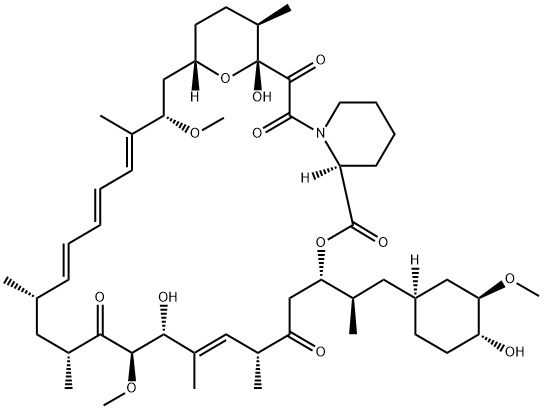
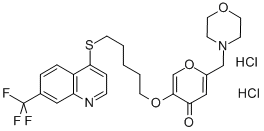
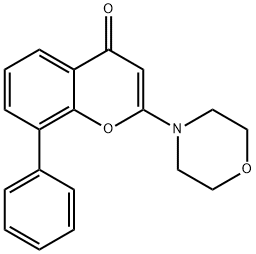
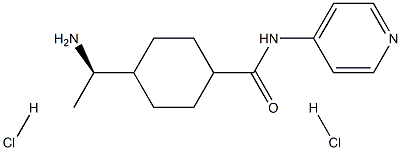
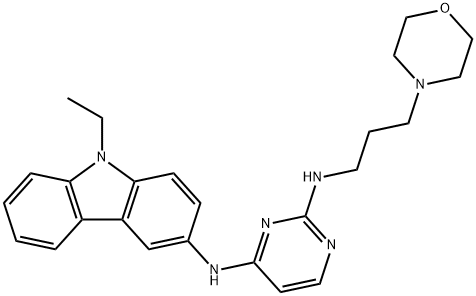
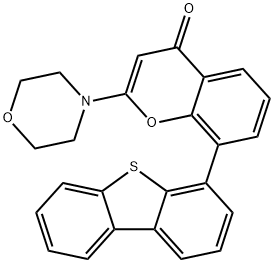
You may like
-
 Rac1 Inhibitor CAS 1177865-17-6View Details
Rac1 Inhibitor CAS 1177865-17-6View Details
1177865-17-6 -
 2033-24-1 98%View Details
2033-24-1 98%View Details
2033-24-1 -
 1975-50-4 98%View Details
1975-50-4 98%View Details
1975-50-4 -
 2-HYDROXY BENZYL ALCOHOL 98%View Details
2-HYDROXY BENZYL ALCOHOL 98%View Details
90-01-7 -
 2-Chloro-1,3-Bis(Dimethylamino)Trimethinium Hexafluorophosphate 221615-75-4 98%View Details
2-Chloro-1,3-Bis(Dimethylamino)Trimethinium Hexafluorophosphate 221615-75-4 98%View Details
221615-75-4 -
 61397-56-6 CIS BROMO BENZOATE 98%View Details
61397-56-6 CIS BROMO BENZOATE 98%View Details
61397-56-6 -
 14714-50-2 (2-Hydroxyphenyl)acetonitrile 98+View Details
14714-50-2 (2-Hydroxyphenyl)acetonitrile 98+View Details
14714-50-2 -
 118753-70-1 98+View Details
118753-70-1 98+View Details
118753-70-1